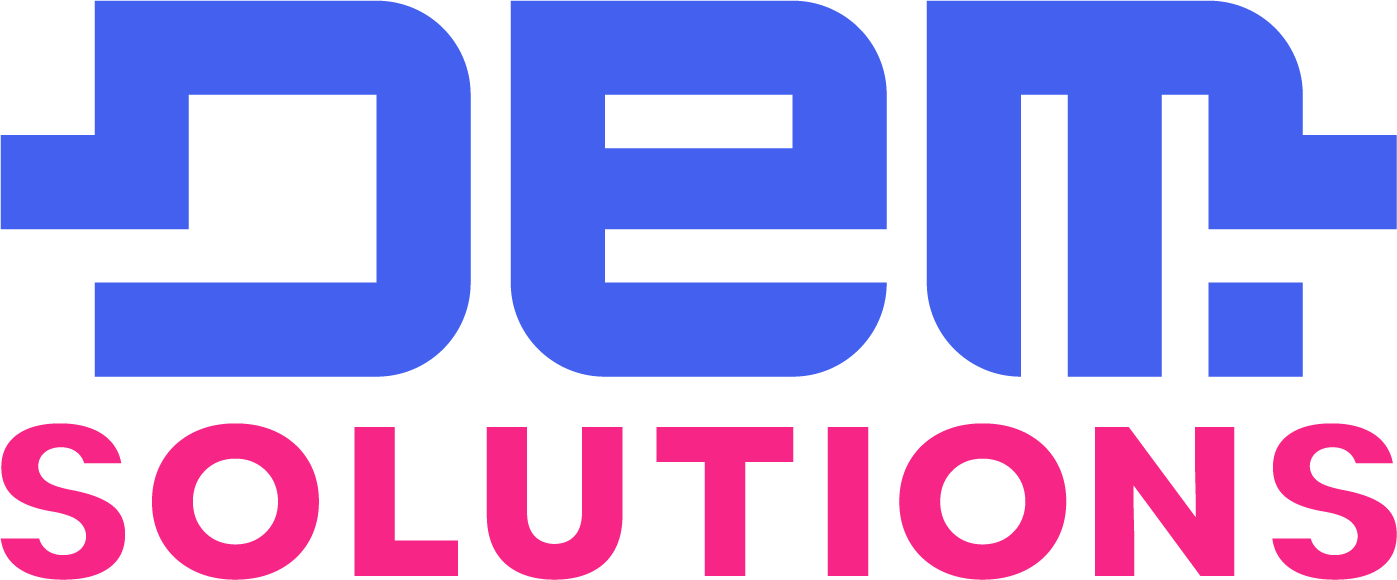In today’s digital age, web development technology is at the heart of building modern online experiences. Websites and web applications are no longer static, but interactive, responsive, and integrated with numerous services. The evolution of web development technologies has allowed developers to create dynamic, user-friendly platforms that cater to an ever-growing demand for speed, scalability, and security. Whether it’s designing an e-commerce website, a mobile app, or a content management system, the tools and technologies used in web development have become more powerful and diverse. As businesses and individuals continue to move online, mastering the latest web development technologies is essential for staying ahead in the competitive digital landscape.
One of the core components of modern web development is the adoption of front-end and back-end technologies. Front-end development refers to everything that users see and interact with on a website or web application. Technologies like HTML, CSS, and JavaScript form the backbone of front-end development. HTML (Hypertext Markup Language) structures the content, CSS (Cascading Style Sheets) styles the website, and JavaScript adds interactivity and functionality. With the rise of JavaScript libraries and frameworks like React, Angular, and Vue.js, developers now have the tools to create seamless, interactive user interfaces (UIs) that run efficiently across devices. React, for instance, allows developers to build dynamic single-page applications (SPAs) that load faster and offer a more fluid user experience. These technologies also emphasize responsiveness, enabling websites to adapt to different screen sizes, from desktops to smartphones, ensuring accessibility for a broader audience.
On the back-end side, web development technologies handle data storage, server-side scripting, and database management. Back-end development ensures that the application’s logic and data are processed and served to the user through the front-end interface. Server-side technologies like Node.js, Python (Django, Flask), Ruby on Rails, and PHP enable developers to build robust, scalable applications. Databases, such as MySQL, PostgreSQL, and MongoDB, are used to store and manage data securely. The integration of APIs (Application Programming Interfaces) has also become a vital component in web development, allowing different software applications to communicate with each other. With RESTful APIs and GraphQL, developers can create more flexible and efficient data interactions between the server and the client. As websites become more complex and interactive, the need for back-end systems that can handle a high volume of traffic and complex operations continues to grow, making back-end development technologies essential to modern web development.
Another important aspect of web development is the rise of cloud computing and serverless architectures. Cloud-based platforms like Amazon Web Services (AWS), Google Cloud, and Microsoft Azure offer developers scalable solutions for hosting websites and applications. The ability to host a website on the cloud allows businesses to scale their services rapidly without having to invest heavily in physical infrastructure. Serverless computing further reduces the complexity of managing servers, allowing developers to focus on writing code rather than dealing with infrastructure management. Serverless architectures, combined with cloud storage, offer a cost-effective, efficient way to handle traffic surges and ensure the availability of applications 24/7. Cloud technologies have also facilitated the adoption of Continuous Integration (CI) and Continuous Deployment (CD), streamlining the development process by allowing developers to automatically deploy changes to live applications. The cloud not only enhances scalability but also improves security, providing built-in protection against data loss and cyberattacks, which is crucial for businesses operating in the digital world.
Web development technology continues to evolve with the growing integration of Artificial Intelligence (AI), machine learning (ML), and blockchain. AI and ML are being incorporated into web applications to offer personalized user experiences, such as recommendation systems, predictive analytics, and chatbots. Websites are becoming smarter, adapting to individual user behavior and preferences in real-time, creating more engaging and customized interactions. In addition, blockchain technology is being used to improve security and transparency in web applications, particularly in industries like finance and healthcare. Blockchain’s decentralized nature allows for secure transactions and data sharing, which is especially valuable in applications that handle sensitive information. As AI, ML, and blockchain technologies become more integrated into web development practices, developers are able to create more sophisticated and secure applications that meet the needs of today’s digital economy.
The future of web development is closely tied to the continued evolution of technology. The shift towards more intelligent, secure, and scalable web applications is driving the development of new tools and frameworks. As businesses strive to provide better user experiences and innovate in their digital services, web developers will need to stay on top of emerging technologies. From enhancing user interfaces with AI-powered personalization to leveraging blockchain for improved data security, the possibilities for innovation in web development are endless. As the demand for digital transformation grows across industries, the role of web development technology will continue to be integral to the success of businesses and the creation of the next generation of digital solutions.


